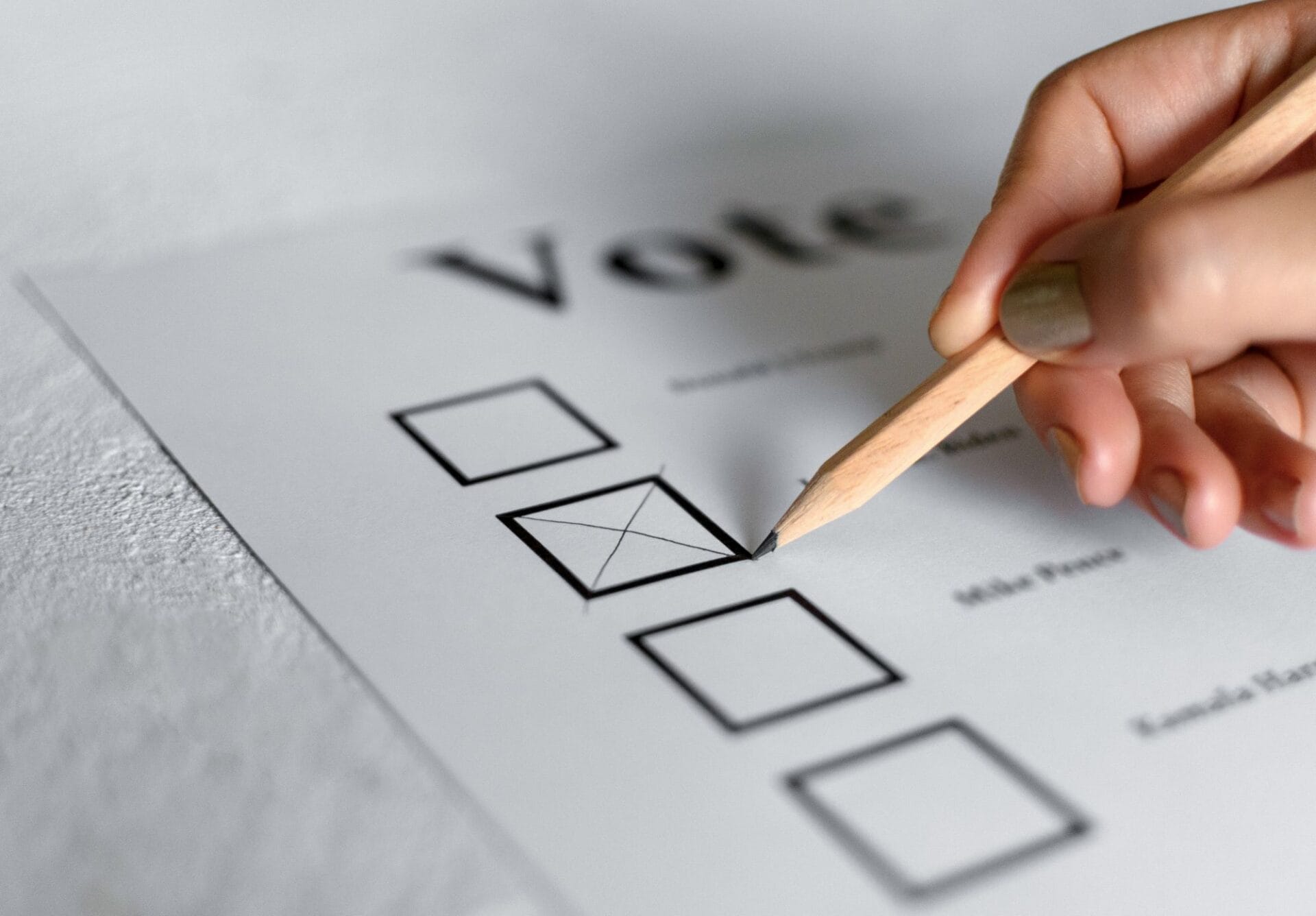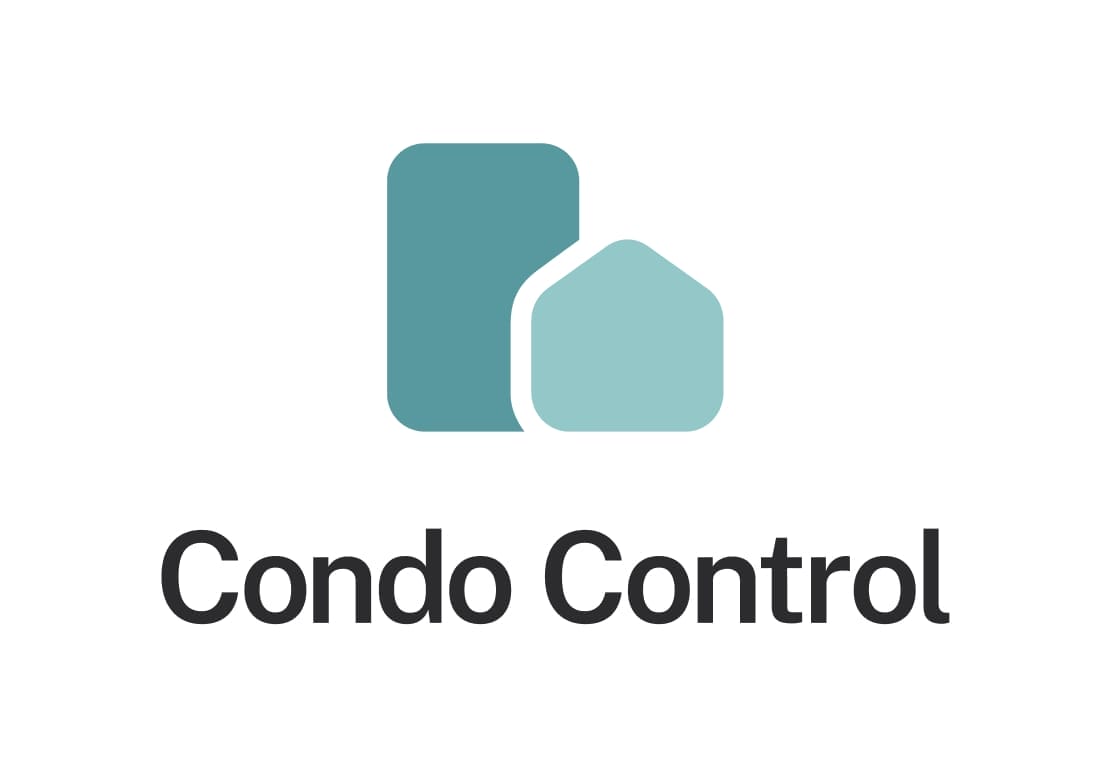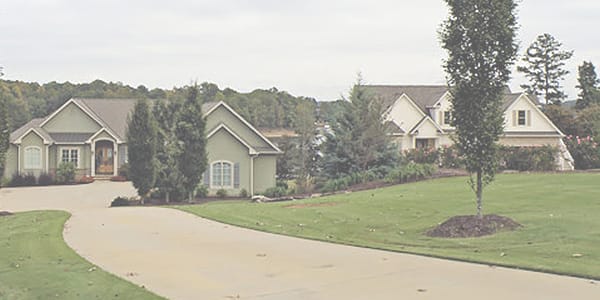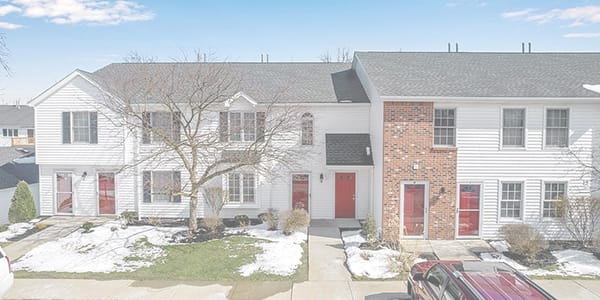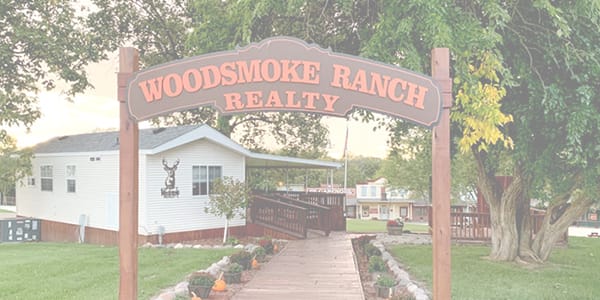A homeowners association (HOA) is a private association that oversees and manages common areas and amenities for the people who live in the community. Owners who decide to join an HOA understand that they must follow covenants, conditions and restrictions (CC&Rs), articles of incorporation, bylaws, and any other governing documents.
Not everyone would opt to live in this kind of development, but the owners that do move in appreciate that all of those rules help to maintain property values. HOA communities are clean, safe environments, and most owners like that they have access to private amenities such as pools and clubhouses.
Below, we’ll explore many of the essential things that are required to manage an HOA.
HOAs in the United States
Did you know that approximately 74 million Americans live in HOAs, condominium communities, or cooperatives? HOAs started appearing in the U.S. during the mid-19th century. This sort of development allowed land developers to market and sell their homes more easily. HOAs are very popular in the United States today, and the majority of new homes are being built in HOA communities.
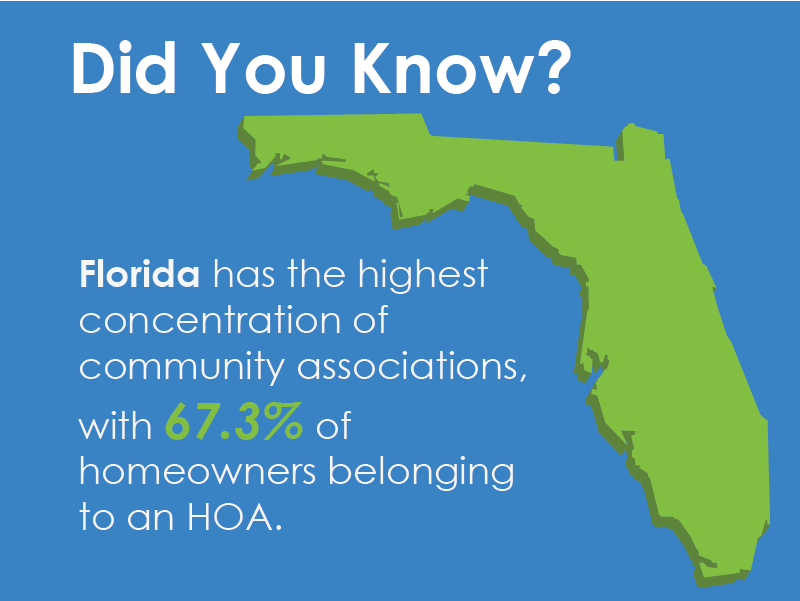
Florida has the highest concentration of community associations, with 67.3% of homeowners belonging to an HOA. D.C. comes in a close second with roughly 66% of owners belonging to an HOA, and California comes in third with 64.9% of owners living in HOAs.
What is an HOA?
HOAs are private, non-profit organizations that are governed by sets of rules. People who belong to an HOA are obligated to pay annual or monthly dues, which the association uses to maintain the development. The money collected from owners is used for rule enforcement, operations, maintenance, repairs and reserve funds. HOAs only work if every owner pays their fair share. We’ll talk more about fees/dues shortly.
Owners who buy property in an HOA are expected to comply with governing documents. In return, they get to enjoy perks such as snow clearing from their sidewalks and private tennis courts. Similarly, members can rest easy knowing they won’t have to live across from a home with a bright yellow door, or four old cars parked on the front lawn. The rules help keep appearances and aesthetics consistent. Furthermore, if there’s a household that’s always throwing loud parties, the association has the authority to do something about it.
An elected board of volunteers runs the HOA on behalf of all owners. The board has an obligation to enforce rules, and in some developments, is authorized to issue fines or suspend privileges when owners break the rules. The board may work collaboratively with a property manager or community association manager to ensure the responsibilities of the association are carried out according to their governing documents, and all relevant local, state, and federal laws.
How does an HOA work?
An HOA is formed by the developer who builds the community. In some states, the HOA must be registered. The developer is also responsible for creating the original version of the CC&Rs. This is one of the main reasons why CC&Rs vary from one community to another. There is no standard template for CC&Rs, meaning different HOAs will have different rules.
The developer makes and records CC&Rs as an “equitable servitude,” or an agreement or contract between the developer and owners. This contract places limits on how the property can be used to ensure everyone who has an interest in the development uses the property as it was intended to be enjoyed. Once recorded, an equitable servitude runs with the land and continues to burden/benefit successor owners of the land. It is also enforceable by injunctive relief.
CC&Rs are recorded and filed with the land records in the county where the HOA is located, making this document legally binding.
Eventually, the development is turned over from the developer to the owners. Transition time varies depending on where you live. In some states, once the 75% threshold of home sales has been met, a meeting is scheduled 60 days later to assemble a board of directors (comprised exclusively of homeowners). Other states have a lower threshold. A turnover may be necessary if the developer has not sold a certain percentage of homes within a specific timeframe.
Once the HOA has been turned over to owners, the board can make amendments to the CC&Rs so they align more closely with the objectives and needs of the community.
Practically anyone can become a member of an HOA if they have a desire to move into a planned development.
Self-managed vs. professionally managed HOAs
Self-managed associations rely heavily on their volunteers. This includes the board of directors and committee members. Everything from the management of the association’s day-to-day tasks (collecting payments, sending out information to and taking questions from owners, scheduling routine maintenance) to the enforcement of rules is done by volunteer members.
The biggest advantage to having the board manage the HOA is that the association saves money. Since it does not have to pay a management company, it can use that money for other things. However, the downside is that board members often work day jobs and can only spend so much time helping the association.
Self-managed HOA communities may find that software like Condo Control can help them be more productive and organized without bringing in a management team. Software allows them to streamline and automate manual processes, and keep all community documents in one dedicated online location.
With professionally managed HOAs, the board hands over many of the administrative, day-to-day HOA duties to a third-party company. Property managers take care of a lot of the grunt work so that boards can invest their energy into projects, long-term goals, and larger community issues. Different companies will offer different services, but many will happily:
- Answer phone calls, texts, and emails from board members, owners, and vendors
- Maintain a database of owners and vendors
- Enforce HOA rules and regulations
- Process violations, collect fines and late charges
- Collect monthly dues
- Distribute, collect and review architectural change requests and get them to the board
- Maintain HOA websites and owner portals
- Coordinate amenity bookings and reservations
- Schedule board meetings and prepare agendas
- Attend meetings and follow-up on action items listed in the agenda
- Prepare and distribute meeting minutes
- Advise board members on financial, legal, policy, and insurance matters
- Oversee board elections
- Maintain financial records
- Manage bank accounts, reserves, incomes, and expenditures
- Prepare annual budgets, tax returns, and audit reports
- Assess and execute maintenance plans
- Manage maintenance requests and work orders
- Collect bid proposals and find licensed vendors
That’s a long list of services, and it’s not even a complete one! Many HOA management companies also use software to help them ensure all of these tasks can be completed quickly and correctly. It’s easy to see why HOA boards, especially ones that serve larger HOAs, would want to hire a management company. But, these services come with a cost. For homeowners, that means higher assessment dues each month.
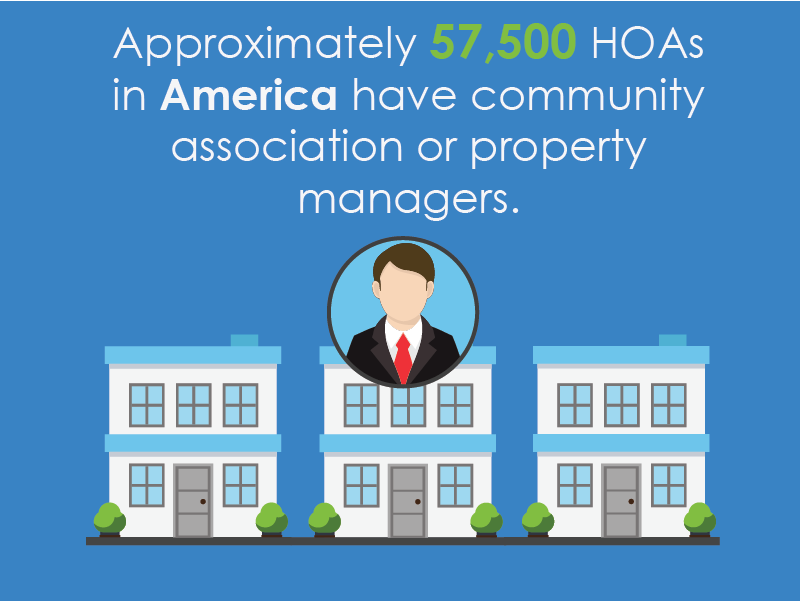
Nevertheless, approximately 57,500 HOAs in the United States have a community association or property manager. A good manager is an invaluable asset, and can help keep HOAs happy and productive for a very long time.
HOA fees
This is one of the things that owners like least about their HOAs. All members are required to pay fees or dues, usually monthly. This money is used to maintain the development.
What do fees cover?
Fees are used to preserve the health and value of the community. Since HOAs are not for profit, they need every member to pay their dues on time. Without adequate financial resources, projects don’t get done on time, services or events may be canceled, and overall owner satisfaction drops. HOA fees cover a lot, but these are some of the main things they’re used for:
Utilities – Utilities represent a significant portion of an HOA’s operational budget. Lights, parking lots, tennis courts, clubhouses, etc., require electricity. Moreover, HOAs need water for irrigation, pools and other facilities. Shared indoor areas also need to remain well ventilated and comfortable. All of those utility costs are covered by fees.
Contingency funds – Every HOA needs to set aside money for unforeseen repairs and costs. Contingency funds, also known as reserve funds, claim a portion of fees that are kept secure until that money is needed. It’s a smart way to plan for the unexpected.
Maintenance and repairs – Fees are used for cleaning and maintaining common areas, paying professionals to perform preventative maintenance and landscaping tasks, etc.
Insurance – Associations need insurance to protect owners and the property from unforeseen accidents. If, for example, a major storm destroys some of the clubhouse, instead of issuing a special assessment, the HOA’s insurance should cover most of the costs to repair the shared facility.
Staff- If the HOA employs property managers, security and/or maintenance staff, these staff are paid using HOA fees.
How are fees calculated?
While there are rules spelled out in the HOA’s governing documents about how much fees may be increased in a year, it is largely up to the board to set annual HOA fees (there may also be state laws about dues limitations, but they are very generous). Each year, the board will look at the overall operating expenses, contributions to the reserve fund, and all revenue that has been generated by the association. Once the board has the numbers, they will make a decision about whether fees will increase, decrease or stay the same. All homeowners, board members included, split fees equally. This differs from condo fees, where the amount you pay depends on the size of your unit.
What happens if owners don’t pay?
Owners cannot opt out of paying fees, even if they don’t use shared facilities all that often. If they choose not to pay, the HOA can take action. What a board has the authority to do will depend upon the terms of the governing documents. The HOA may, for example, have the right to assess fees for delinquent dues, start a lawsuit against the owner, put a lien on the owner’s property, and in very rare cases, foreclose on the owner’s property to collect the lien amount.
Owners should always pay their dues, even if they disagree with certain HOA rules or what the board is deciding to do with the money, to avoid serious legal repercussions. Similarly, the board must be vigilant about collecting dues. If an owner is experiencing financial trouble, the board can always try to work with the owner to create a payment plan that works for everyone.
HOA bylaws and rules
Love them or hate them, HOA rules are created and enforced to help preserve the aesthetics of the development, protect and enhance home values, and maintain a safe and enjoyable living environment.
An association’s CC&Rs are recorded and filed officially with the state, making them legally binding and enforceable. They are also difficult to change, but not impossible. HOA bylaws and rules are easier to change, but owners are still required to follow them.
Every HOA has different rules. You’ll need to check with your governing documents for details about your HOA’s specific rules. However, there are some items that are fairly standard in most communities. That includes:
- Architectural guidelines
- Holiday décor
- Flags and signs
- Maintenance standards
- Noise and nuisances
- Home occupancy limits
- Parking rules
- Pet limitations
- Rental restrictions
- Trash and recycling rules
As mentioned above, it is possible to change or amend rules. This is important to know because rules do become irrelevant or outdated. The HOA may need to add specific rules about surveillance cameras or short-term rentals as social trends change and evolve. Boards are encouraged to review CC&Rs, bylaws and rules at least once a year to ensure they are clear, relevant and reasonable.
Violations
A violation occurs when a rule is broken. Common HOA violations include failing to maintain trees or plants, moving forward with unapproved architectural changes, and causing too much noise during quiet hours.
If an HOA member refuses to follow the rules, or habitually breaks them, the association does have permission to use its limited powers to correct the situation. If someone breaks a rule, it is up to the association (specifically the board) to ensure the behavior is corrected.
Often, the board or property manager will issue a warning for first-time offenders. More severe action may be taken if the owner fails to take corrective measures or continues to break the same rule.
Violations may require the owner to pay a small fine, or in rare but serious cases, the HOA may foreclose on the owner’s home. Of course, foreclosure would be a last resort, but boards are expected to do whatever is reasonable and necessary to enforce the rules. There are a couple of reasons why the board can’t simply look the other way and ignore violations; owners need to know that there are consequences for breaking the rules, and bad, dangerous or disruptive behaviour cannot be permitted to continue within the HOA. Rule violations aren’t always serious, but they could impact the health or safety of another member of the community.
Handling violations is a process. Sometimes, it will take more than a warning letter to resolve. Different HOAs will have different violation tracking processes, and there will be different consequences for different types of violations. Whatever the process, it’s important that HOAs follow the enforcement system in place and maintain consistency. Special treatment should never be given to any member of the association.
How to keep your HOA running smoothly
We don’t need to tell you how much work it is to manage an HOA. To ensure you aren’t working harder than you need to, take some time to see if you’re implementing these best management practices.
Clear, frequent communication
Nothing brings an HOA down faster than poor communication. Make sure to keep owners in the loop about projects, finances, and future plans. Owners need to know about the day-to-day stuff, but they also care about the bigger issues. Using a combination of communication methods, including meetings, newsletters, email or online announcements, and text messages have proven to be most effective.
Don’t forget to give your owners a place or space to share their feedback and concerns.
Keep good records
Record-keeping is the cornerstone of running a sustainable HOA organization. Financial records are necessary to see who has and hasn’t paid fees or assessments. The board needs minutes to see what was discussed during the last meeting, and what needs to be addressed next time. Work orders/service requests need to be organized so that problems don’t go unresolved for too long.
Accurate, up-to-date records will enable your association to operate at its best.
Build a team that works together
When managing an HOA, it’s essential to surround yourself with a team that will actively help the association reach its goals. This includes the HOA attorney, contractors, an accountant, etc.
While smaller HOAs might be tempted to look after everything themselves, it pays to have professionals help you with matters where you have limited knowledge.
Create a sustainable budget
Without adequate cash flow, the HOA will find itself in a very uncomfortable position. Associations that encounter frequent financial shortages must issue special assessments or take out loans, and this always ends up costing owners more.
Set budgets early on, well before the start of a new year, and stick to them. Set regular dates on which you’ll review the budgets to make sure the association is on track. It’s also crucial that you review the association’s budget history to gain a good idea of where the HOA’s financial strengths and weaknesses lie.
Plan ahead
You can’t prepare for everything that happens in an HOA, but you can and should plan for future projects, repairs and scheduled maintenance. By staying on top of these sorts of tasks, you minimize liability issues before they come up.
HOA management software can help simplify this intricate process
Operating an HOA is always easier with help. HOA management software is the perfect sidekick for self-managed and professionally managed HOAs.
The main benefit to using software is that it simplifies those tedious, manual tasks for managers, board members and owners. Every document, form and invoice can be saved online, and searching for a specific document is so much easier when you can type in the item you’re looking for. HOA management software also encourages collaborative teamwork between the community. Not only is it a breeze to send out notices or updates to the community, but work orders, amenity bookings, visitor parking and even online payments can be processed and managed through the system.
If you’d like to see the software in action, give us a call.




